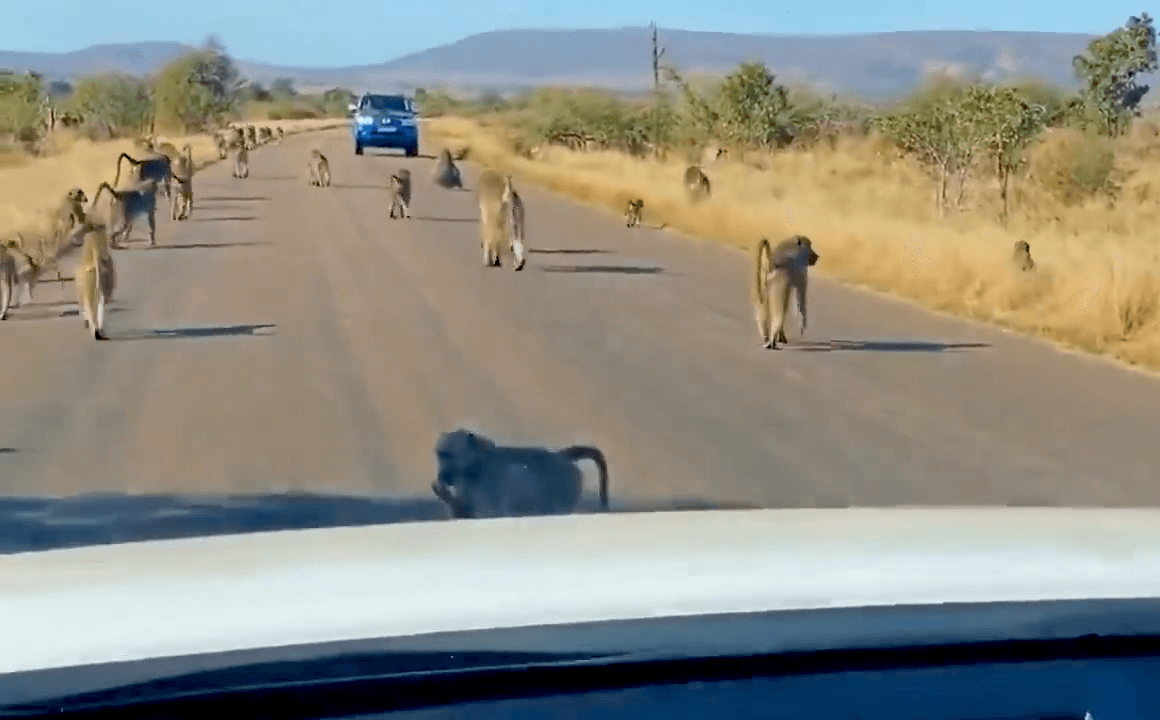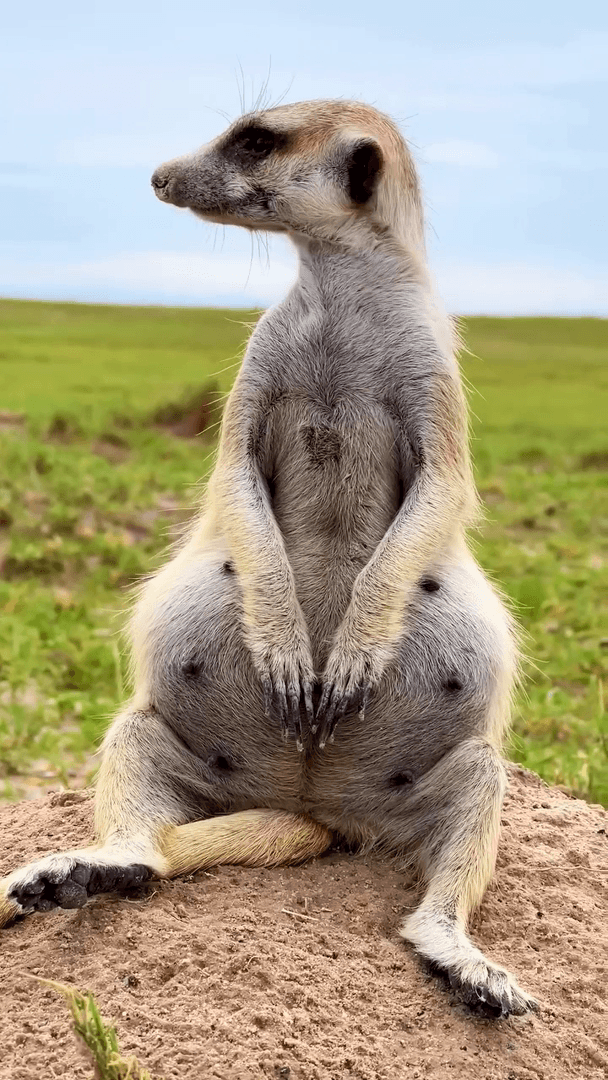
Hunting in Borgou: Clubs, Communities and Laws. A Thrilling Adventure in Benin’s Heartland (PART 2) Hunting Associations and Clubs: The Role of Organizations in Promoting Conservation and Community Engagement Several organizations play a vital role in promoting responsible hunting practices in Borgou: Benin National Hunters Association : Works closely with the government to enforce regulations and educate hunters. Community-Based Cooperatives : Local groups collaborate with landowners to manage hunting territories sustainably. Guided Tour Operators : Companies like "Safari Afrique" cater to foreign hunters, offering fully equipped expeditions. These entities also organize workshops and events to foster camaraderie among hunters while emphasizing conservation. Hunting Legislation: Legal Frameworks, Quotas, and Ethical Standards Governing Hunting in Borgou Hunting in Borgou is governed by Beninese wildlife laws, which prioritize sustainability and ethical practices: Licensing Requireme
Post: 7 July 09:49
















































